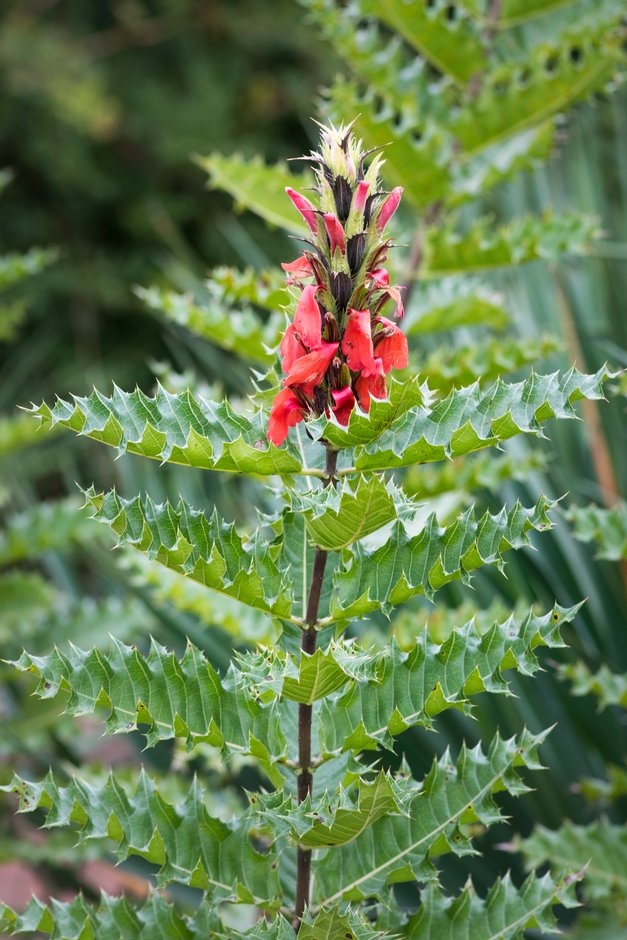Not the plant you're looking for? Search over 300,000 plants
Herbaceous Perennial
Size
Ultimate height
1–1.5 metresTime to ultimate height
2–5 yearsUltimate spread
1–1.5 metresGrowing conditions
Chalk
Clay
Loam
Sand
Moisture
Moist but well–drained, Well–drainedpH
Acid, Alkaline, NeutralColour & scent
| Stem | Flower | Foliage | Fruit | |
| Spring | Green | |||
|---|---|---|---|---|
| Summer | Red | Green | ||
| Autumn | Red | Green | ||
| Winter |
Position
- Full sun
- Partial shade
Aspect
West–facing or South–facing or North–facing or East–facing
Exposure
ShelteredDrought resistance
Yes Hardiness
H4Botanical details
- Family
- Acanthaceae
- Native to GB / Ireland
- No
- Foliage
- Deciduous
- Habit
- Columnar upright
- Genus
Acanthus are robust herbaceous perennials with handsome, lobed foliage and tall, erect racemes of two-lipped flowers with colourful bracts
- Name status
Correct
- Plant range
- Ethiopia
How to grow
Cultivation
The ideal soil is a deep, fertile, well-drained loam but it will grow in most soils and has good drought tolerance. Has the potential to become a nuisance if not managed well
Propagation
Propagate by division or by root cuttings
Suggested planting locations and garden types
- Sub-tropical
- Architectural
- Cottage and informal garden
- Low Maintenance
- Flower borders and beds
Pruning
Cut down old flower stems
Pests
Generally pest-free
Diseases
Powdery mildews may be a problem
Get involved
The Royal Horticultural Society is the UK’s leading gardening charity. We aim to enrich everyone’s life through plants, and make the UK a greener and more beautiful place.
